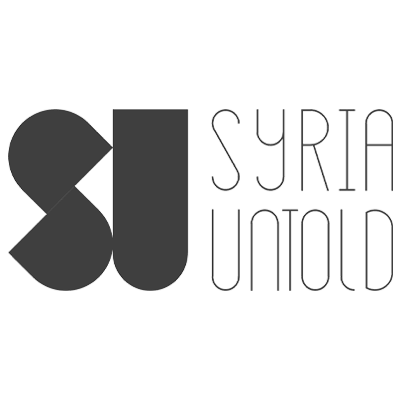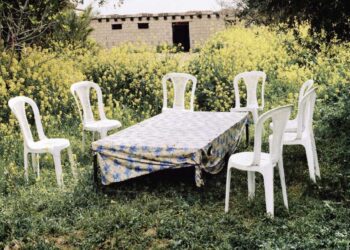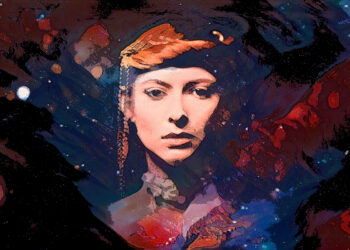Reporter, filmmaker and artist born in Beirut in 1948 and passed away in Paris in 2019, Jocelyne Saab led a career in the service of struggles for the self-determination of peoples (Palestine, Western Sahara, Kurdistan, etc.) and justice. Asserting a personal and free documentary style during the Lebanese civil war, which she covered from 1975 to 1982, Saab established herself as an essential filmmaker in the history of images.
Over a career spanning almost 50 years, she has pursued her work through fiction films, mixed-media installations, video art and photography. From beginning to end, Jocelyne Saab’s work is permeated by the Palestinian struggle, which her ultimate work, My Name is Mei Shigenobu (2018), apprehends with great melancholy. The Palestinians’ struggle for their right to return has been at the heart of her political commitment, which unfolds throughout the first part of her career as a documentary filmmaker: between 1974 and 1982, at the heart of the Lebanese conflict, she made a dozen films evoking the situation of Palestinians in the conflict – inhabitants of camps south of Beirut or in southern Lebanon, displaced by Israeli invasions of the south of the country, or resistance fighters in the ranks of armed groups.
Her early reports, which have long been difficult to access, have recently been restored and are actively circulating today, offering a historical perspective on the ongoing conflict in Gaza and the West Bank.
A vocation born of commitment
Jocelyne Saab’s political and cinematographic links with the Palestinian struggle go back to her early adulthood. Born into a middle-class Lebanese Maronite family, she grew up in a very mixed neighborhood in West Beirut. It wasn’t until she joined the economics faculty at Beirut’s Saint-Joseph University that she became aware of the situation of Palestinian refugees in the camps south of Beirut, which she first visited with fellow student Elias Sanbar.
After completing her studies in Paris, she entered the world of journalism, being recruited by the French public broadcaster FR3 in 1973. An Arab, English and French speaker, she was a useful asset for the channel, and was soon sent to Libya to meet Gaddafi, to the Syrian Golan Heights and Egypt during the October War, and to Iraq during Saddam Hussein’s war against the Kurds in 1974.
In 1974, with journalist Arnaud Hamelin, she shot Les Palestiniens continuent, (Palestinians Keep Fighting) about the resistance of armed Palestinian groups on the Syrian border in southern Lebanon. The same year, on her own initiative, she produced a report entitled Les Femmes Palestiniennes (Palestinian Women) on the struggle of Palestinian women in Lebanon, which involved both education and armed fighting. The subject was rejected by FR3 and relegated to a drawer. Jocelyne Saab never saw her film again in her lifetime.
Images for a counter-history
This first act of censorship was decisive. After being offered a position as a war correspondent in the region, she left television and decided to produce her reports independently.
Her reputation continued to grow. Her first story was a real “scoop”, as the French press of the time put it: she was the first journalist to enter a suicide commando training camp. Le Front du Refus (The Rejection Front), made in 1975, documents the practices of this radical group. The film earned Jocelyne Saab criticism from the PLO, which felt that exposing radical groups did not help the cause. Saab herself regretted the impact of its images on a European audience: the message it wanted to get across had not been understood.
In 2013, she told me: “The Rejection Front was, at the time, labelled as scoop. It was the first documentary that made me conscious of the power of images and the meaning of their content, the diverse readings that we can draw out of them, affected by everything from the image ratio to the composition. It wasn’t about militantism. You could defend a cause, but you needed to have an underlying understanding of the language of images and what it could lead to… and to know how an image could be turned against you.”
Today, however, it is an illuminating testimony and an important historical document, which already reveals what has made Jocelyne Saab’s work so distinctive: an image in the service of humanity. Critical of these extreme methods, Saab films these very young bodies (these recruits, she says, were barely sixteen) ready to die for a land they could never have known, in their deepest vitality.
Trained as a filmmaker by French television, her films are deeply committed, but do not conform to the codes of militant cinema. With the outbreak of war in Lebanon in 1975, Saab decided to stay and document her country. She made some fifteen documentaries on the situation in Lebanon, which she then sold to television channels around the world, particularly FR3, with whom she had continued to collaborate.
Independent and free, her films gradually broke away from the shackles of documentary filmmaking. As an example, Les Enfants de la guerre (Children of War, 1976), was shot in the shantytown of Karantina, populated mainly by precarious Lebanese Muslims, Kurds and Palestinians, who were victims, a few days earlier, of a massacre perpetrated by far-right Christian militias.
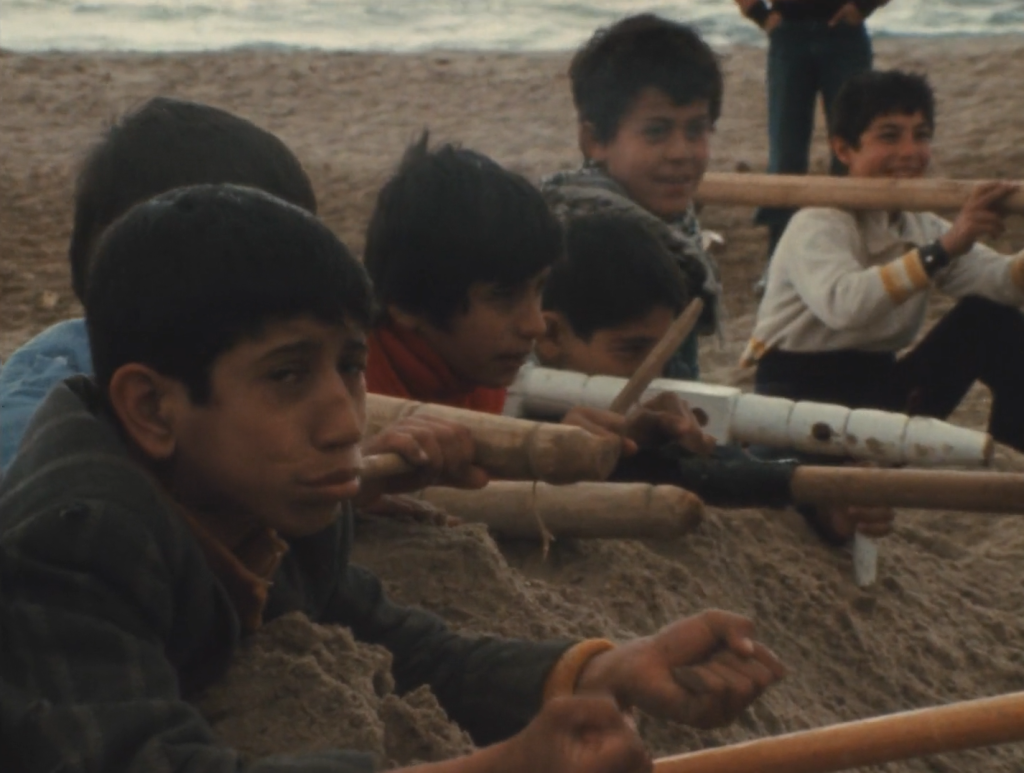
Saab refuses to film the massacre, returning later to film the surviving children and their war games with tragic poetry. She called on the poet Etel Adnan to write the commentaries for two of her films, Beyrouth, jamais plus (Beirut, never again, 1976) and Lettre de Beyrouth (Letter from Beirut, 1978), the latter recounting the Israeli invasion of southern Lebanon, the occupation of Lebanese territory by numerous foreign forces, and the Palestinian resistance at the border, led by Yasser Arafat. Jocelyne Saab was also one of the few French television journalists to cover Israel’s actions in southern Lebanon since the beginning of the war.
A respected spokeswoman
In 1982, her vast family home in West Beirut burned down. A few weeks later, the Israeli army entered Beirut and laid siege to the west of the city. Jocelyne Saab stayed. She ran out of 16mm film, but managed to buy 35mm film and a camera.
She filmed the siege, mainly on her own, as her cinematographer didn’t want to take the risk. She films the destruction, the blockades, but above all the organization of a society trying to survive the siege and the bombardments. From these images, Jocelyne Saab made several films: films for television, such as the report Les Libanais, otages de leur ville (Lebanese, Hostages of Their City, 1982), broadcast on TF1, of which an unfinalized working copy has been restored, but also a deeply personal film, Beyrouth, ma ville (Beirut, My City, 1982), which bears witness to her sincere commitment to the Palestinian cause and the loss of her illusions when the fighters left the country.
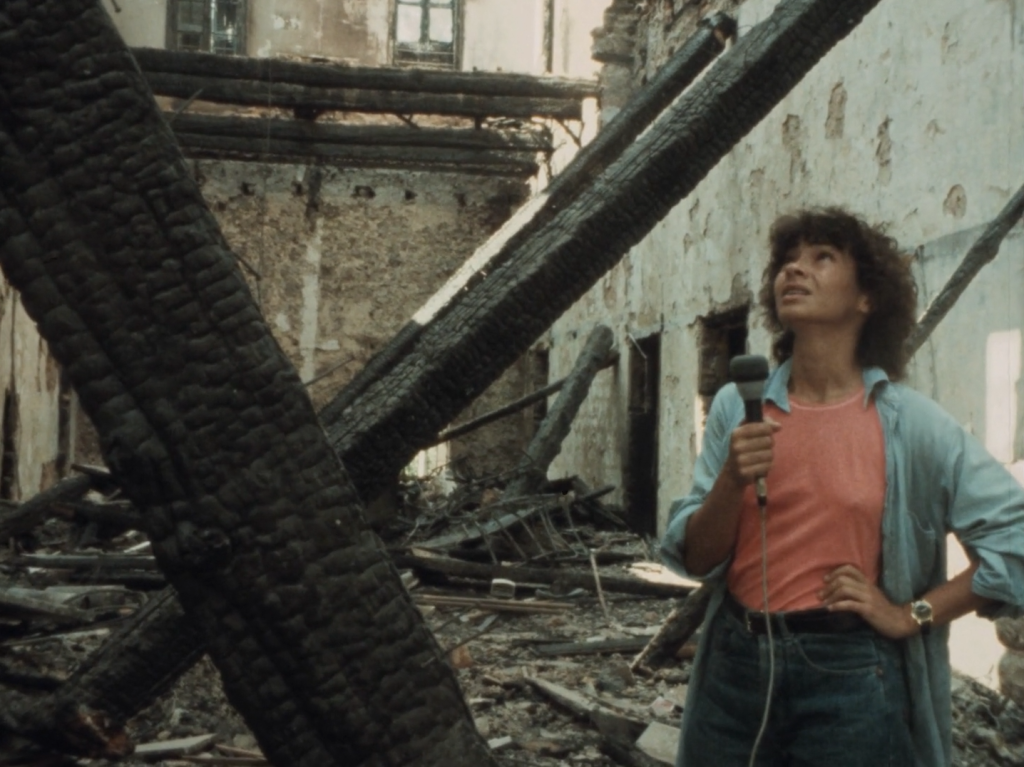
The commentary for Beyrouth, ma ville, highly poetic and eminently political, was written by Lebanese playwright Roger Assaf. The film was broadcast in prime time on the French public channel Antenne 2 – but in a version censored by the TV station: it suppressed a sequence denouncing the treatment of Palestinian prisoners by the Israeli army.
Outraged by the censorship, Roger Assaf objected to the cut. This was not the first time that Jocelyne Saab had seen her films edited by television, and she felt that it was more important to broadcast her images, even if edited, than not to show them. The uncensored version of the film circulated at festivals, where it was acclaimed.
Not affiliated to any party but strongly engaged for the Palestinian cause, she earned the respect of Yasser Arafat. He called her to document his departure from Lebanon on the Atlantis, the ship that would take him to Greece and then Tunis, where he would set up the new headquarters of the PLO. Accompanied by photographer Fouad ElKoury and journalist Selim Nassib of the French daily Libération, Saab was the only television journalist on board. She directed Le Bateau de l’exil (The Ship of Exile, 1982), a portrait of PLO leaders in the aftermath of a major defeat. Written in the first person and read by Jocelyne Saab, the commentary shows the anxieties and hopes of a struggle always looking to the future.
In solidarity until her last hour
After the Palestinians left Beirut, Jocelyne Saab stopped making documentary images of the war. She made fiction films in Lebanon, Une vie suspendue (A Suspended Life), 1985; Il était une fois Beyrouth: histoire d’une star (Once upon a time in Beirut: story of a star), 1995, but turned her documentary camera to other horizons – Egypt, Vietnam. She turned to video art to cover the war waged by Israel against Lebanon in 2006 (Strange Games and Bridges, National Museum of Singapore, 2007), and photography.
Her latest project was originally a feature-length film, somewhere between documentary and fiction. Entitled Shigenobu: Mother and Daughter, it was to be a cross-portrait of Fusako Shigenobu, founder of the Japanese Red Army in Lebanon, and Mei, her daughter born of a union with a Palestinian leader, who remained in hiding for 27 years, until her mother’s arrest in Japan in 2000. Ill, Saab was unable to complete this film, in which she wanted to make her wish come true: to speak once again of the siege of Beirut and the Palestinian resistance. Despite this, she managed to organize a quick shoot with Mei for a short video entitled: My Name is Mei Shigenobu (2018).
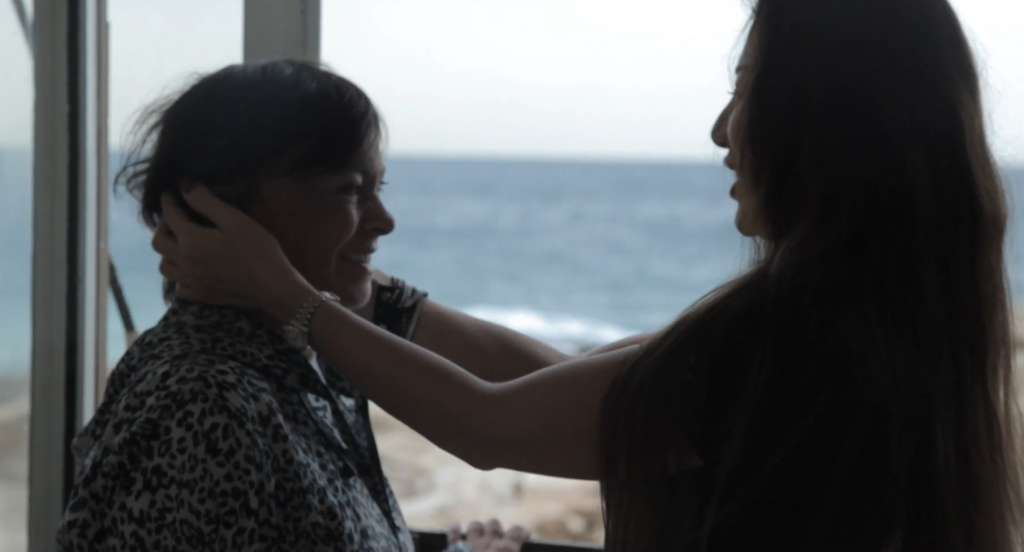
At the time of writing this film, ill and obsessed at the time by the fate and resistance of Ahed Tamimi, in which she believed there was hope for the future, she recounted: “The Palestinian struggle is the last remnant of all our struggles. I’m absolutely determined to make this film about the resistance in Beirut up to the time of the siege, because it’s both the most intense moment in my life and the one that today, because of its failure, makes me feel the most melancholy. Dedicating one’s life to the struggle as Fusako did was destructive for her daughter; yet future generations continue to carry this torch, because it’s a fight for humanity.”
The film, in the present tense, looks back on a past of struggle; Saab, weakened, appears in this film in a very touching close relationship with this child of the resistance, Mei, who tells her story. The film was completed ten days before Saab’s death.
Documentaries from Saab’s Lebanese period (1974-1982) were shown at the Babylon cinema as part of a retrospective organized by Der Divan and the Association Jocelyne Saab (November 10-12, 2023) and will be released on DVD in early 2024. Some of the films mentioned in this text are available in their original version with Spanish subtitles on Jocelyne Saab’s vimeo page: https://vimeo.com/jocelynesaab.


